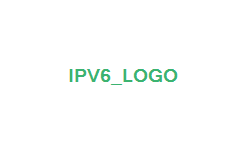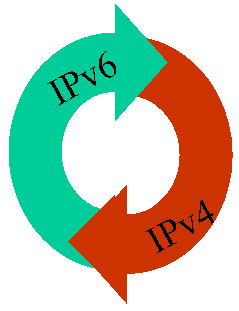The auto-configuration involves, creating a link-local address and verifying its uniqueness on the link, determining what information should be auto-configured (addresses, other options or both) and in case of addresses, whether they should be acquired through stateless mechanism, stateful mechanism or both. The stateless approach is used when a site is not particularly concerned with the exact addresses the hosts use, so long as they are perfectly unique and properly routable. The stateful approach is used when a site requires tighter control over exact address assignment.
Stateless Address Auto-Configuration : Stateless address auto-configuration requires no manual configuration of the hosts, minimal configuration of routers, and no additional servers. The stateless mechanism allows a host to generate its own addresses using a combination of locally available information and information advertised by the routers.
Stateful Address Auto-Configuration: In the stateful address auto-configuration a client acquires IPv6 address and optional configuration parameters from the DHCPv6 server on a UDP link. In case the DHCPv6 server is not present in the same link, special nodes called the relay agents help forward these request packets from the client to either the DHCPv6 server in the neighboring link or further to the next relay agent. The hop limit is one of the parameters in the outgoing packet from the client.



1 comment:
ipv4 to ipv6 forum
Post a Comment